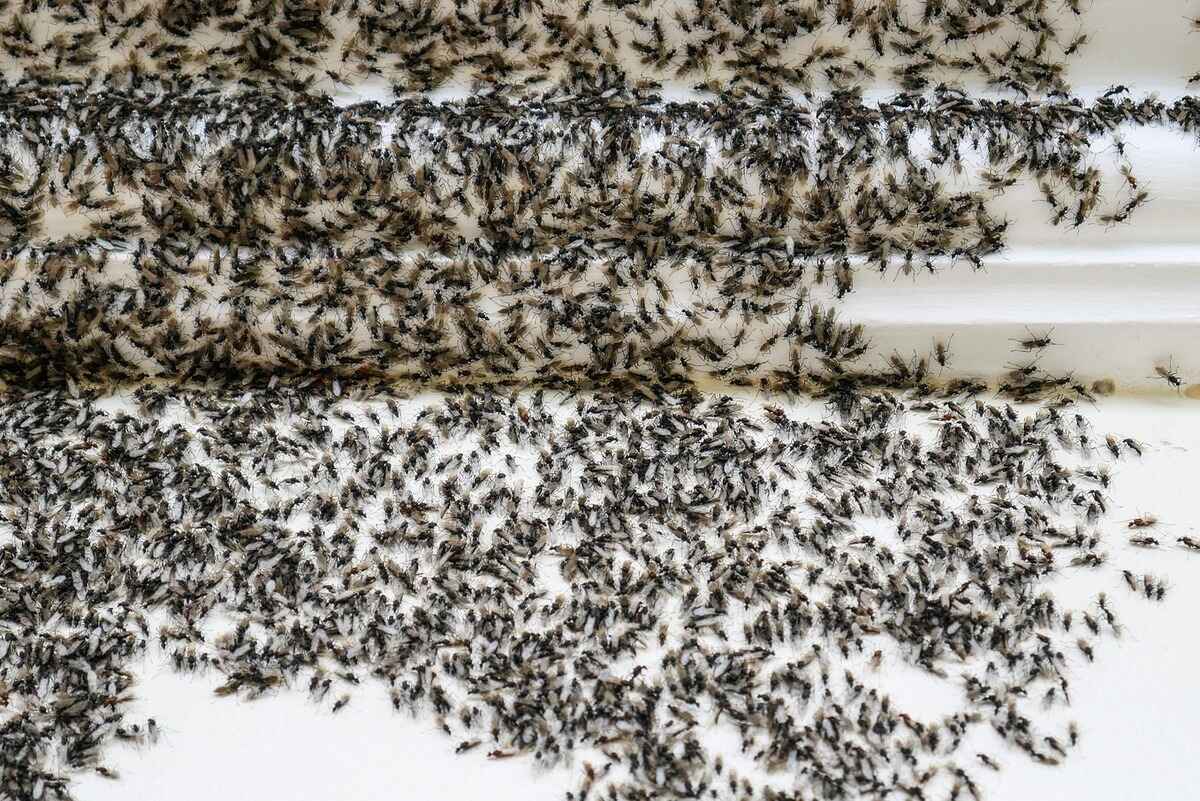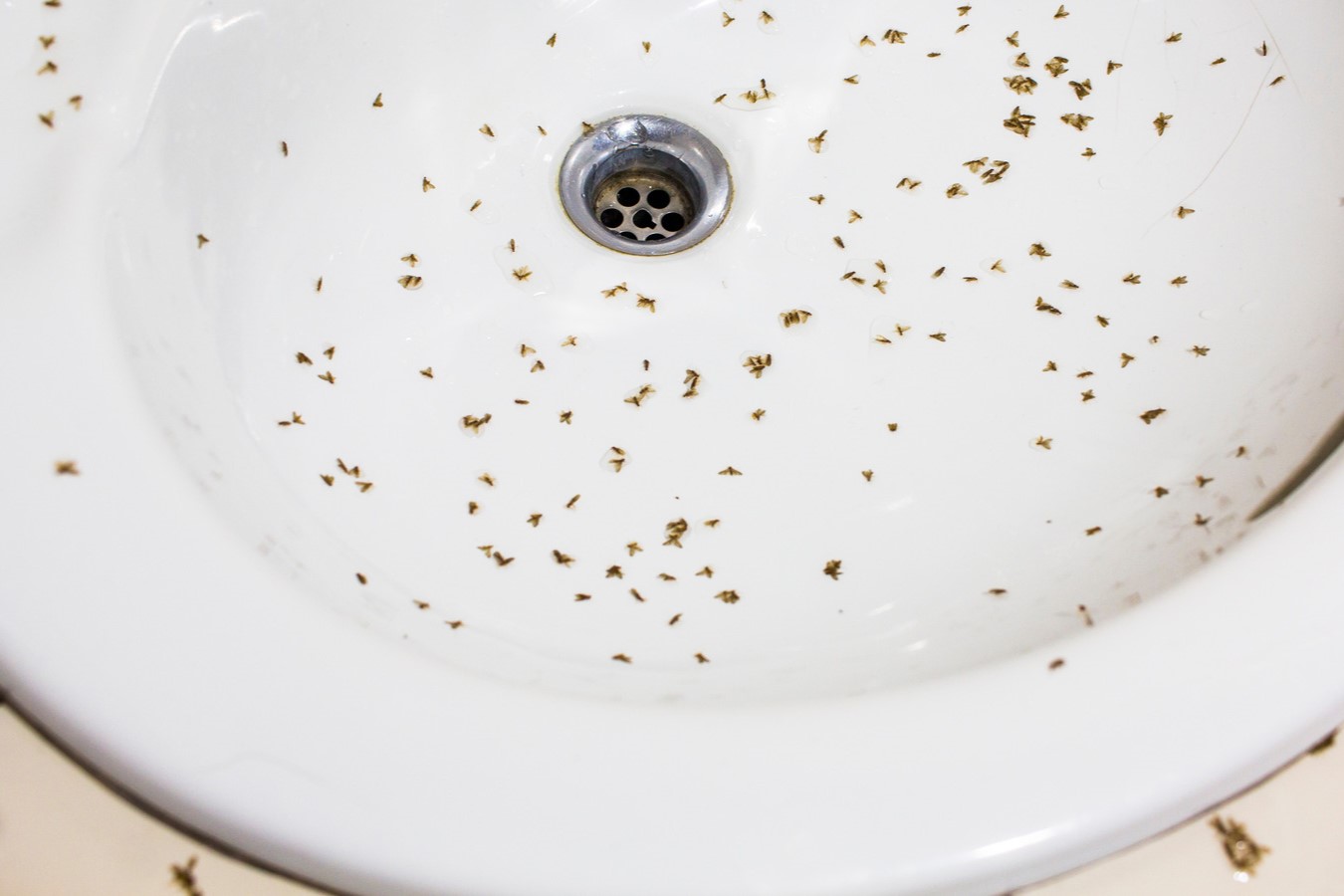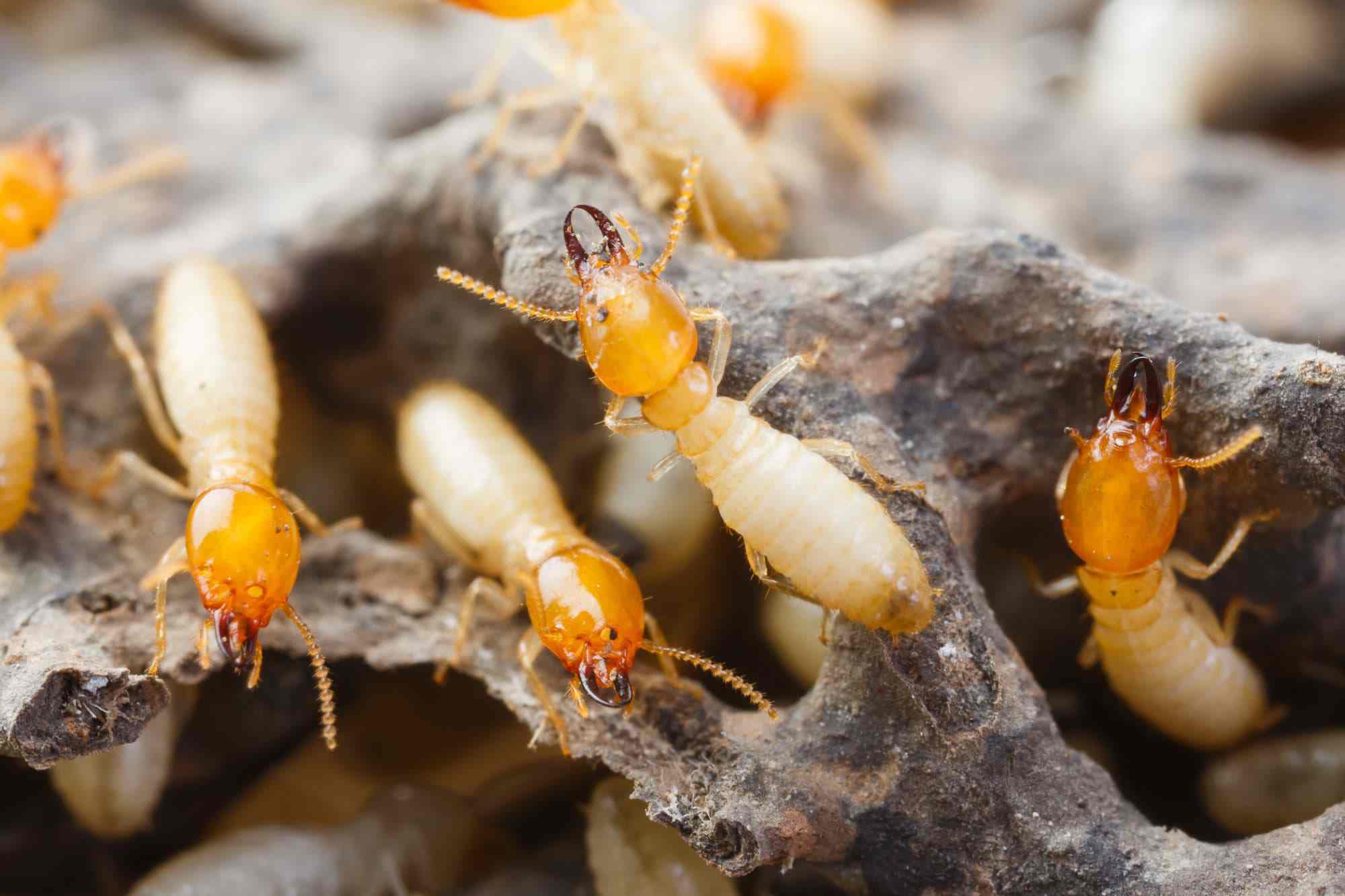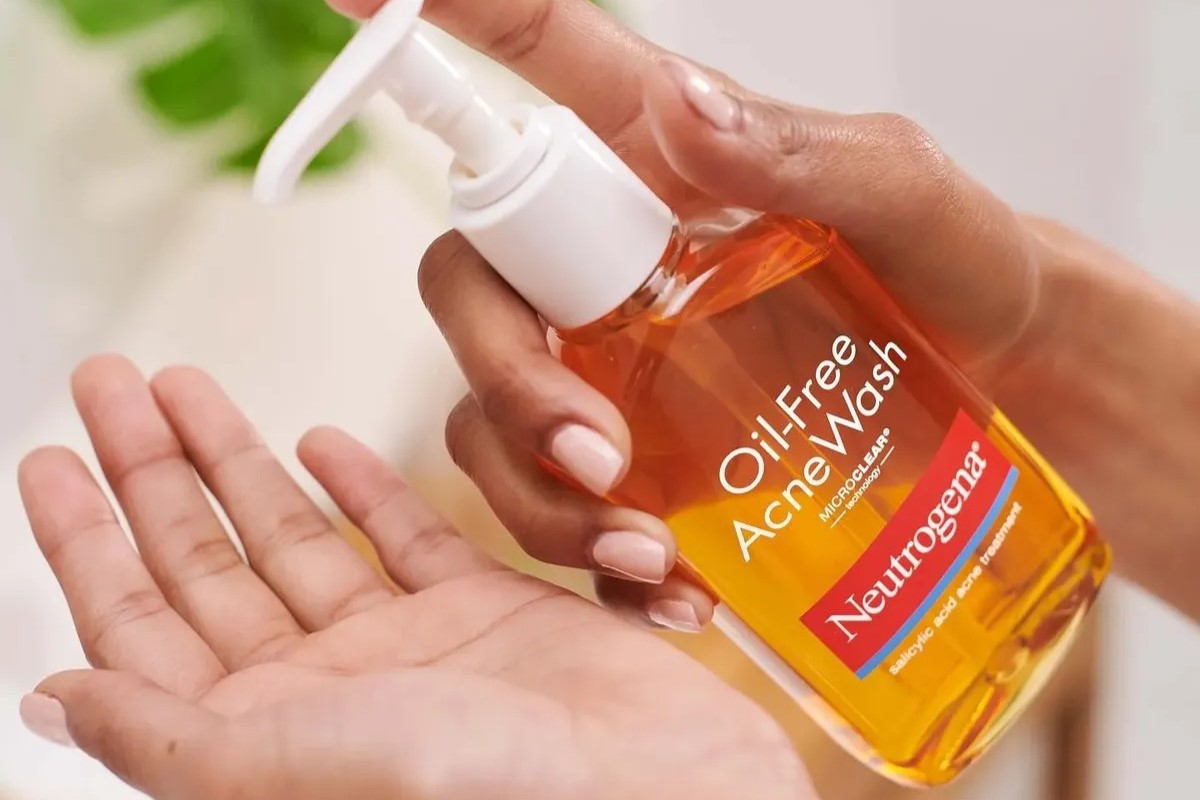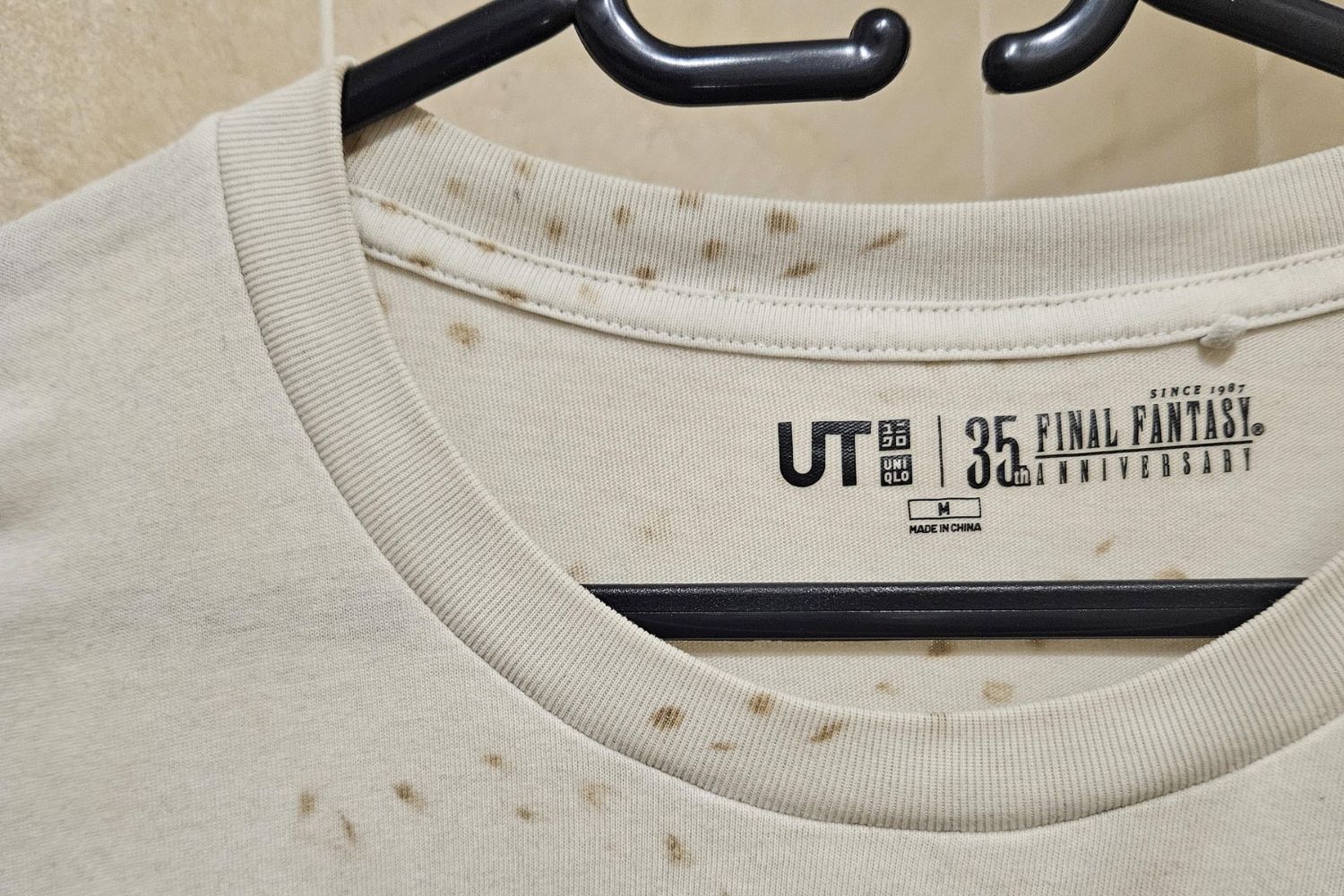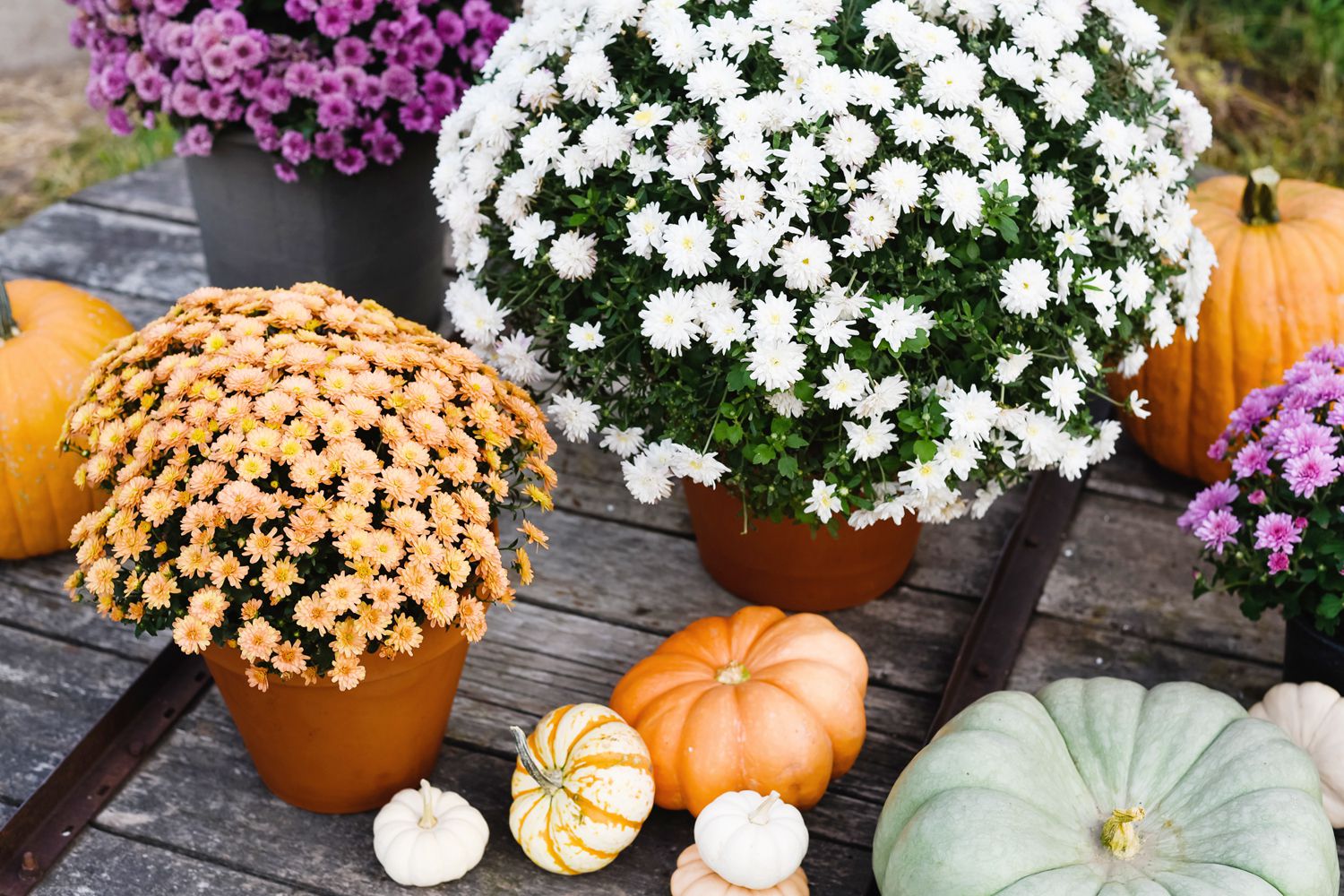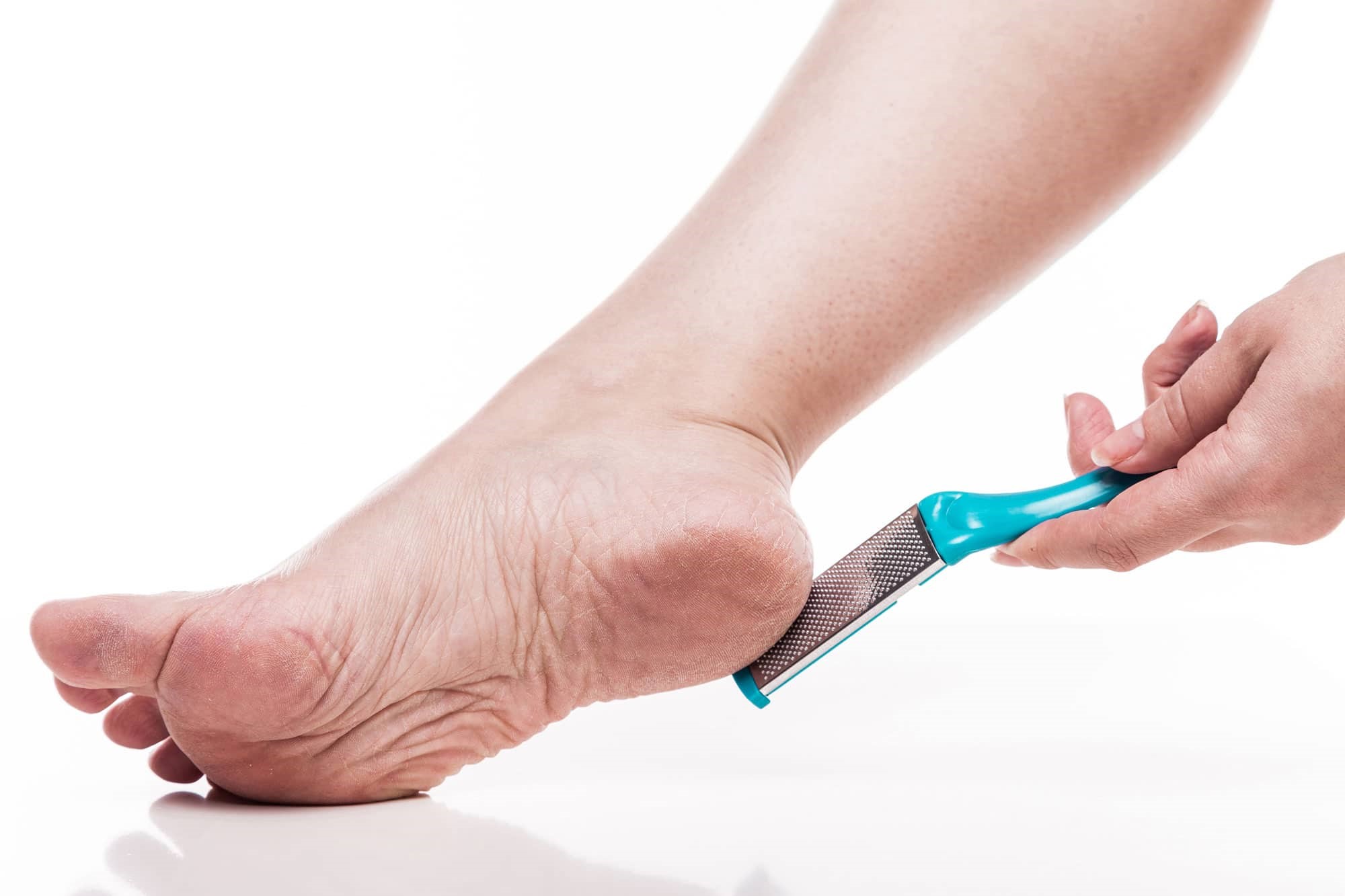Home>Home and Garden>Say Goodbye To Aphids On Your Hibiscus Flowers With This Powerful Spray
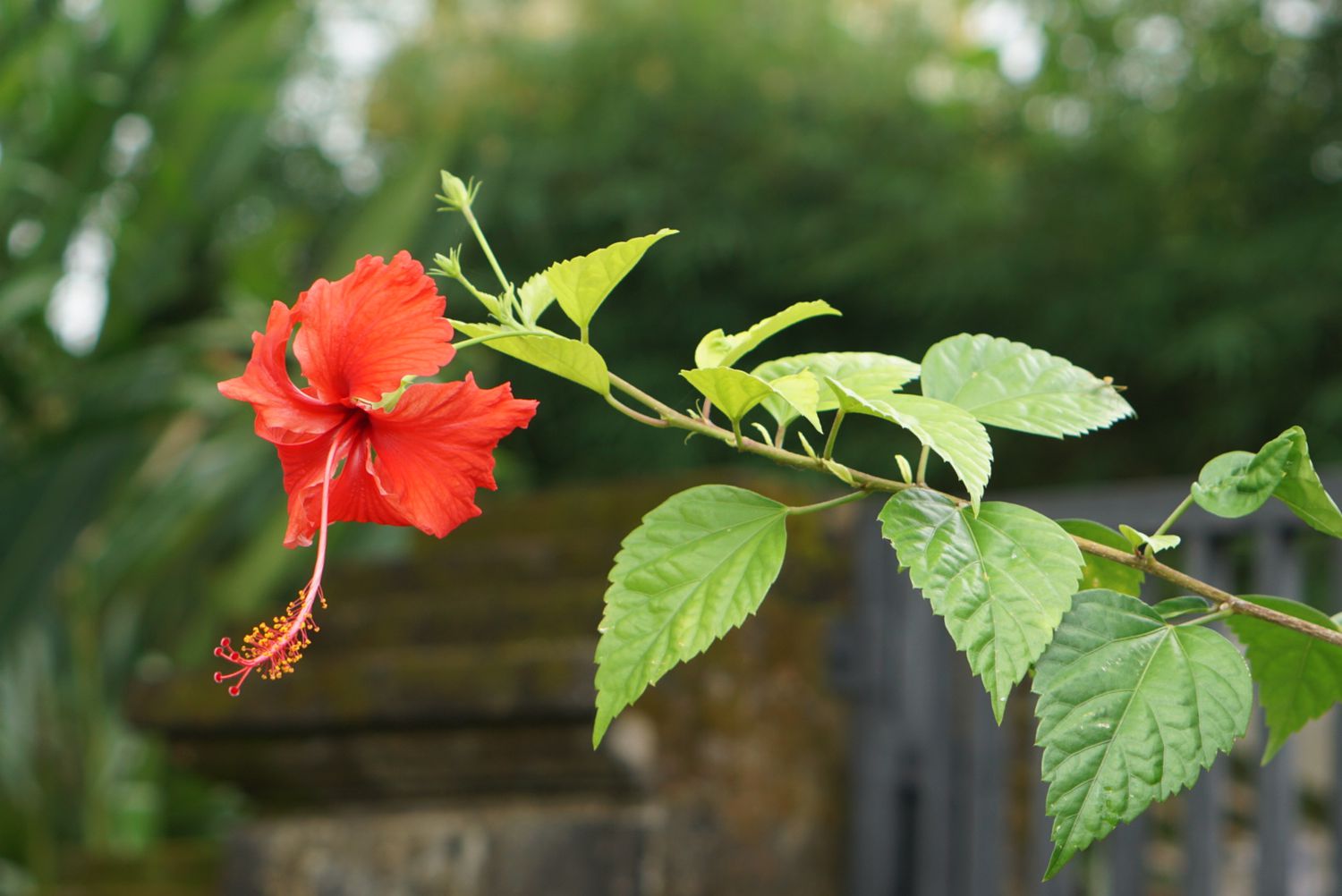

Home and Garden
Say Goodbye To Aphids On Your Hibiscus Flowers With This Powerful Spray
Published: February 19, 2024
Say goodbye to aphids on your hibiscus flowers with this powerful home and garden spray. Protect your plants and keep your garden thriving.
(Many of the links in this article redirect to a specific reviewed product. Your purchase of these products through affiliate links helps to generate commission for Noodls.com, at no extra cost. Learn more)
Table of Contents
Introduction
Hibiscus flowers are a stunning addition to any garden, with their vibrant blooms and lush green foliage. However, these beautiful plants are often targeted by aphids, tiny insects that can wreak havoc on hibiscus blooms. If left unchecked, aphids can cause stunted growth, distorted leaves, and a decline in the overall health of the plant. Fortunately, there's a powerful and natural solution to combat these pesky pests – a homemade aphid spray that can effectively eliminate aphids from your hibiscus flowers.
In this article, we'll delve into the world of aphids and their impact on hibiscus flowers, explore the ingredients needed to create a potent aphid spray, and provide step-by-step instructions on how to make and apply this powerful remedy. Additionally, we'll share valuable tips for preventing aphids from infesting your hibiscus flowers in the future.
By the end of this article, you'll be equipped with the knowledge and tools to protect your hibiscus flowers from aphids and ensure they thrive in a healthy, pest-free environment. So, let's roll up our sleeves and discover the natural power that will help you bid farewell to aphids on your beloved hibiscus flowers.
Read more: How To Say Goodbye In Japanese
Understanding Aphids and Their Impact on Hibiscus Flowers
Aphids, also known as plant lice, are minuscule insects that can wreak havoc on hibiscus flowers. These soft-bodied pests come in various colors, including green, black, brown, and pink, and are commonly found clustered on the undersides of hibiscus leaves and along the stems. Despite their diminutive size, aphids can cause significant damage to hibiscus flowers and plants as a whole.
One of the most noticeable impacts of aphids on hibiscus flowers is the distortion of leaves and buds. As these tiny insects feed on the sap of hibiscus plants, they inject toxins that can lead to the deformation of leaves and flower buds. This distortion not only affects the aesthetic appeal of the hibiscus plant but also impedes its ability to photosynthesize and grow properly.
Moreover, aphids are notorious for their rapid reproduction rate. A single aphid can produce numerous offspring within a short period, leading to a rapid infestation that can quickly overwhelm hibiscus plants. The sheer number of aphids feeding on the plant can result in stunted growth, weakened stems, and a decline in overall plant health.
In addition to physical damage, aphids can also transmit viruses to hibiscus plants, further compromising their well-being. These viruses can cause discoloration, mottling, and other symptoms that detract from the vibrancy of hibiscus flowers. Furthermore, the presence of aphids can attract ants, which feed on the honeydew excreted by the aphids. This symbiotic relationship between aphids and ants can exacerbate the infestation and make it more challenging to eradicate the pests.
Understanding the detrimental impact of aphids on hibiscus flowers is crucial for implementing effective pest control measures. By recognizing the signs of aphid infestation and comprehending the potential consequences for hibiscus plants, gardeners can take proactive steps to protect their beloved flowers from these persistent pests. Now that we've gained insight into the impact of aphids on hibiscus flowers, let's explore the potent ingredients for a homemade aphid spray that can combat these troublesome insects.
The Ingredients for the Powerful Aphid Spray
Creating a powerful aphid spray to protect your hibiscus flowers requires a blend of natural ingredients that are effective in repelling and eliminating these persistent pests. The following components, when combined, form a potent aphid spray that can safeguard your hibiscus plants from infestation:
1. Neem Oil:
Neem oil, derived from the seeds of the neem tree (Azadirachta indica), is renowned for its insecticidal properties. It serves as a key ingredient in the aphid spray due to its ability to disrupt the feeding and reproductive cycles of aphids. Neem oil acts as a natural insect growth regulator, impeding the development of aphid nymphs and ultimately reducing the population of these pests on hibiscus flowers.
2. Liquid Castile Soap:
Liquid castile soap, a gentle and biodegradable soap made from plant oils, is an essential component of the aphid spray. When combined with neem oil, it helps to emulsify the oil and ensure even distribution when the spray is applied to hibiscus plants. Additionally, the soap suffocates aphids on contact, further contributing to the efficacy of the spray.
3. Essential Oils (Optional):
Certain essential oils, such as peppermint oil, rosemary oil, or lavender oil, can be incorporated into the aphid spray for their natural repellent properties. These oils not only enhance the fragrance of the spray but also serve as deterrents for aphids and other garden pests. Their aromatic qualities add a pleasant aspect to the spray while contributing to its effectiveness in protecting hibiscus flowers.
4. Water:
Water serves as the base and diluent for the aphid spray, ensuring that the concentrated ingredients are appropriately mixed and can be applied to hibiscus plants without causing harm. The addition of water allows for the creation of a well-balanced and safe spray that effectively targets aphids while being gentle on the hibiscus flowers and surrounding environment.
By combining these natural ingredients in the right proportions, you can create a powerful aphid spray that is both safe for hibiscus flowers and effective in combating aphid infestations. The next step is to learn how to make and apply this potent aphid spray to safeguard your hibiscus plants.
How to Make and Apply the Spray
Creating and applying the powerful aphid spray for hibiscus flowers involves a straightforward process that harnesses the natural potency of the ingredients. Follow these steps to concoct the spray and effectively protect your hibiscus plants from aphid infestations:
Step 1: Gather the Ingredients
Collect the necessary components for the aphid spray, including neem oil, liquid castile soap, essential oils (if desired), and water. Ensure that the ingredients are of high quality and free from any contaminants that could potentially harm the hibiscus plants.
Step 2: Mixing the Ingredients
In a clean and empty spray bottle, combine the following ingredients in the specified proportions:
- 1 teaspoon of neem oil
- 1 teaspoon of liquid castile soap
- 3-5 drops of essential oil (optional)
- 1 quart (approximately 1 liter) of water
Gently shake the spray bottle to thoroughly mix the ingredients, ensuring that the neem oil and soap are emulsified in the water. The addition of essential oils, such as peppermint, rosemary, or lavender, can enhance the fragrance and repellent properties of the spray.
Step 3: Application to Hibiscus Plants
Before applying the aphid spray, carefully inspect the hibiscus plants for signs of aphid infestation. Look for clusters of aphids on the undersides of leaves and along the stems. Once identified, proceed with the following application process:
- Ensure that the hibiscus plants are not under direct sunlight to prevent potential leaf damage.
- Shake the spray bottle containing the aphid spray to re-emulsify the ingredients.
- Liberally spray the solution onto the affected areas of the hibiscus plants, covering the undersides of leaves and the stems where aphids are present.
- Repeat the application every 5-7 days or as needed, especially after rainfall or irrigation, to maintain the protective barrier against aphids.
Step 4: Observing and Monitoring
After applying the aphid spray, monitor the hibiscus plants for any signs of aphid activity. Keep a close eye on the leaves and buds, observing for a reduction in aphid presence and the gradual restoration of the plants' vitality. Additionally, assess the overall health and growth of the hibiscus flowers to gauge the effectiveness of the aphid spray.
By following these steps, you can create a potent aphid spray and apply it effectively to safeguard your hibiscus plants from aphid infestations. This natural and powerful remedy offers a proactive approach to protecting the beauty and health of your beloved hibiscus flowers.
Additional Tips for Preventing Aphids on Hibiscus Flowers
In addition to using the powerful aphid spray, there are several proactive measures that can be implemented to prevent aphids from infesting hibiscus flowers. By incorporating these additional tips into your gardening routine, you can create an environment that is less conducive to aphid populations and better equipped to deter these persistent pests.
1. Regular Inspection and Maintenance:
Frequent inspection of hibiscus plants is essential for early detection of aphid infestations. By closely examining the undersides of leaves, along with the stems and buds, gardeners can identify the presence of aphids before their numbers escalate. Prompt removal of aphids by hand or with a strong blast of water can help prevent the infestation from spreading.
2. Encourage Natural Predators:
Attracting beneficial insects, such as ladybugs, lacewings, and parasitic wasps, can serve as a natural form of aphid control. These predatory insects feed on aphids, helping to keep their populations in check. Planting nectar-rich flowers and providing shelter, such as small piles of rocks or wood, can create an inviting habitat for these beneficial insects in the garden.
3. Optimize Plant Health:
Maintaining the overall health and vigor of hibiscus plants can bolster their natural defenses against aphids. Providing proper irrigation, adequate sunlight, and well-balanced nutrition can enhance the resilience of hibiscus flowers, making them less susceptible to aphid infestations. Avoid over-fertilization, as excessive nitrogen can stimulate tender growth that is attractive to aphids.
4. Intercropping and Companion Planting:
Strategic planting of companion plants, such as marigolds, chrysanthemums, and petunias, can help repel aphids from hibiscus flowers. Additionally, intercropping hibiscus with aromatic herbs like basil and mint can deter aphids due to the strong scents emitted by these plants. These companion plantings create a natural barrier against aphid infestations.
5. Pruning and Sanitation:
Regular pruning of hibiscus plants can remove infested or damaged parts, reducing the potential hiding spots for aphids. Proper disposal of pruned plant material and fallen leaves can prevent the buildup of aphid populations. Maintaining a clean and tidy garden environment minimizes the likelihood of aphids finding suitable habitats for reproduction.
6. Organic Pest Control:
Incorporating organic pest control methods, such as releasing beneficial nematodes or using insecticidal soaps, can aid in managing aphid populations without resorting to harsh chemical treatments. These eco-friendly approaches target aphids while preserving the ecological balance in the garden, promoting a sustainable and harmonious ecosystem.
By integrating these additional tips into your hibiscus care regimen, you can create a resilient and aphid-resistant environment for your cherished hibiscus flowers. These proactive measures not only help prevent aphid infestations but also contribute to the overall well-being of your garden, fostering a thriving and vibrant outdoor sanctuary.
Conclusion
In conclusion, protecting hibiscus flowers from aphid infestations involves a multi-faceted approach that encompasses understanding the impact of aphids, creating a potent aphid spray, and implementing proactive measures to prevent future infestations. The detrimental effects of aphids on hibiscus flowers, ranging from distorted leaves and buds to the transmission of viruses, underscore the importance of addressing these pests effectively.
The powerful aphid spray, crafted from natural ingredients such as neem oil, liquid castile soap, and optional essential oils, serves as a formidable defense against aphids. Its ability to disrupt aphid feeding and reproduction while safeguarding the health of hibiscus plants makes it a valuable tool for gardeners seeking to maintain the beauty and vitality of their floral displays.
Furthermore, the step-by-step process of making and applying the aphid spray provides a practical and eco-friendly solution for combating aphid infestations. By following the prescribed methods, gardeners can protect their hibiscus flowers without resorting to harsh chemical treatments, thereby promoting a sustainable and harmonious gardening environment.
In addition to the aphid spray, the incorporation of additional tips for preventing aphids on hibiscus flowers offers a holistic approach to pest management. From encouraging natural predators and optimizing plant health to intercropping and companion planting, these proactive measures contribute to the resilience of hibiscus plants and create an environment that is less hospitable to aphids.
Ultimately, the comprehensive strategies outlined in this article empower gardeners to take proactive steps in safeguarding their hibiscus flowers from aphid infestations. By combining knowledge of aphid behavior with the natural potency of the aphid spray and proactive gardening practices, individuals can nurture thriving hibiscus plants that bloom vibrantly in a pest-free environment.
With the insights gained from this article, gardeners are equipped to bid farewell to aphids on their beloved hibiscus flowers, ensuring that these captivating blooms continue to grace their gardens with their resplendent beauty.
